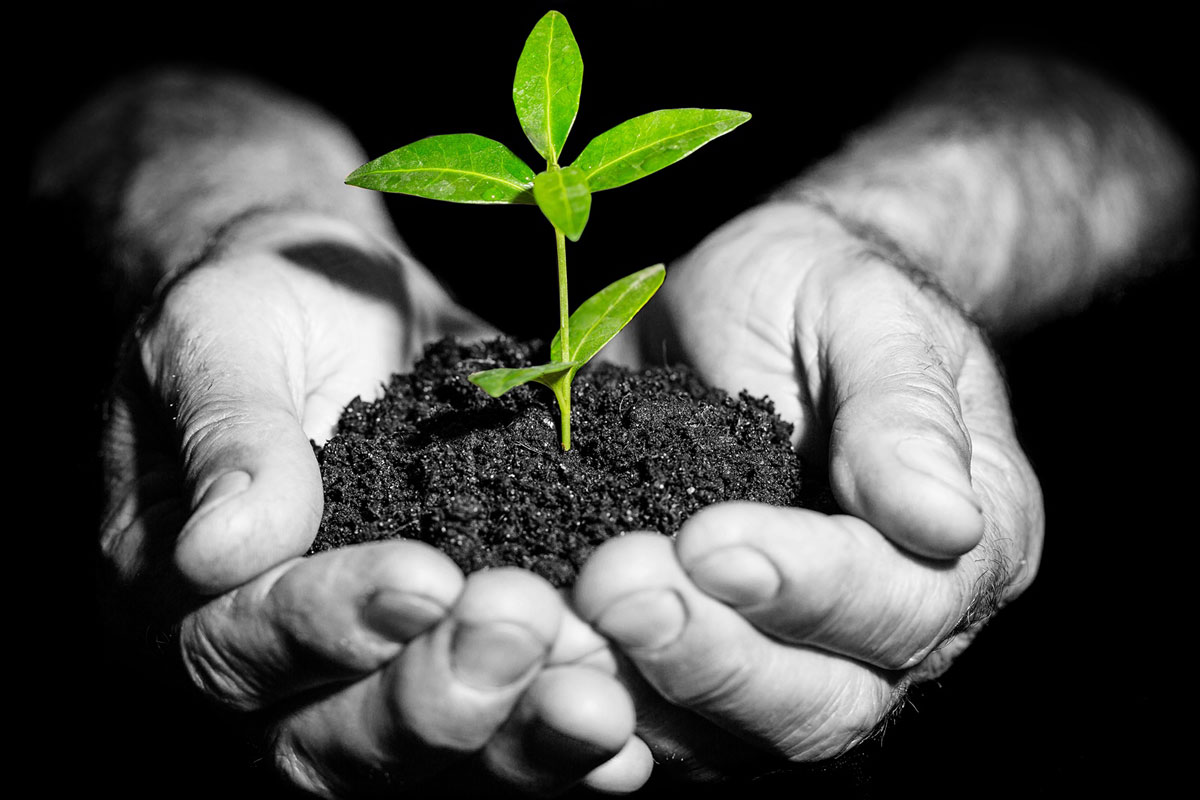How Often to Replace Soil in a Garden to Create a Better Growing Environment

Knowing when to replace soil in a garden is only going to help you create a more efficient place to grow flowers, plants, and vegetables. For plants of all shapes and sizes, they all rely heavily on quality of soil to deliver the expected growth. Creating the garden of your dreams can remain entirely a dream if soil isn’t replenished on occasion. It’s equally as important as ensuring your plants are getting enough water and sun.
Why do you even need to replace soil?
Soil isn’t just dead ground. It’s got some nutrition to it. There’s some health that needs to be maintained. When it’s not, you can end up with a yield that isn’t as plentiful as you may have hoped. Failing to replace soil or not replenishing the soil when you need to means less nutrients are going to get to your plants.
Over time, soil can lose and once it’s degraded to a certain point, you may find it hard to grow much of anything. This is why there are so many bags of soil outside grocery stores come springtime. Soil needs replacement or replenishing, just as much as anything. The nutrients go down, the moisture retention goes down, and soon, you’ll find problems arise in the form of unwelcome weeds or erosion.
How often should I replace my soil?
Though you can arrange for bulk soil delivery in Toronto when you need it, you don’t have to necessarily replace soil as often as you might think. How often you have to replace your soil depends on the type of plants you are growing, the type of soil you are using, the condition of your property, and the effects that weather may have had on it. In the vast majority of gardens, you should only have to replace your soil once a year.
An alternative to a full soil replacement is also simply replenishing the soil. This involves mixing in fresh soil with fresh nutrients into existing soil, adding fertilizer, or using other natural means of upgrading what you have without sacrificing cost. To determine whether a soil replacement is required, check your soil at the beginning of the spring season. Look at its condition. If the soil is identical to what it looked like when you first put it in, you may not need to replace it. If you can see it’s degrading however or if you suspect it was responsible for slow growth last season, it’s recommended to replace it.
What to do when replacing soil in a garden
If you’ve decided to replace or replenish the soil in your garden or on your property, remember to spread it out evenly. If you are using older soil, mix it in with the new stuff and water it to let it settle. This will allow the new soil to add nutrients to the oil soil, saving you the time and effort of removing everything.
Replenishing soil is definitely way easier than a full replacement but to each their own. Certainly sometimes a replacement is necessary. If you want soil delivery to your front door, contact Core Mini Bins today. As your local soil experts, we’d be happy to arrange to have high quality topsoil dropped off at your leisure allowing you to fill your garden up with the good stuff!


